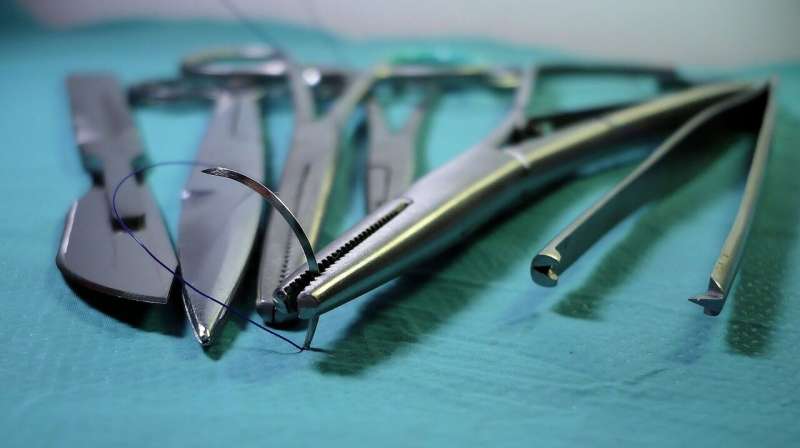Enhancing Patient Safety: Effective Sterilization and Disinfection of Reusable Medical Devices

The Society for Healthcare Epidemiology of America (SHEA), along with eight partner organizations, has issued new comprehensive guidelines aimed at reducing infection transmission in healthcare settings through improved sterilization and high-level disinfection (HLD) of reusable medical devices. These devices are crucial in modern medicine, but improper processing can pose significant infection risks.
Persistent challenges in sterilization and HLD procedures, such as adherence to strict protocols, ambiguous manufacturer instructions, and resource limitations, continue to undermine patient safety. Notably, infections caused by multidrug-resistant organisms (MDROs) and other healthcare-associated pathogens often stem from failures in disinfecting devices like endoscopes, especially duodenoscopes, with some transmissions remaining undetected.
The new guidance, developed through an extensive review of scientific evidence and expert consensus, offers practical, evidence-based recommendations to healthcare facilities. Dr. Erica Shenoy, co-chair of the guidelines panel, emphasizes that sterilization and HLD are complex practices requiring specialized skills and resources. The guidance aims to support healthcare providers in establishing best practices to safeguard patient health.
Additionally, the guidelines suggest supplementary strategies for scenarios where sterilization or HLD may be impractical or insufficient. These include prioritizing sterilization over disinfection, utilizing single-use accessories where feasible, and reassessing the reuse of devices based on institutional capabilities.
Developed collaboratively by SHEA, the American Society for Gastrointestinal Endoscopy (ASGE), and other key organizations, the guidance encompasses newer technologies such as sterilization of investigational devices and 3D-printed implants. It also addresses common issues with manufacturer instructions that may be unclear or impractical, providing solutions for healthcare workers to implement effective processing protocols.
According to David J. Weber, co-chair of the panel, this guidance fills a critical gap by equipping healthcare professionals with adaptable, practical strategies to process medical devices safely amid evolving technologies and clinical practices.
These recommendations build upon previous guidelines and aim to enhance infection control measures, ultimately improving patient safety and reducing healthcare-associated infections.
Stay Updated with Mia's Feed
Get the latest health & wellness insights delivered straight to your inbox.
Related Articles
New Biomarker Enables Personalized Treatment Selection in Multiple Sclerosis
A new genetic biomarker identified by researchers enables personalized treatment decisions in multiple sclerosis, improving outcomes by predicting response to glatiramer acetate versus interferon beta.
Study Finds No Clinical Benefit of Drug-Coated Devices in Peripheral Artery Disease
Large clinical trials reveal that drug-coated stents and balloons do not improve outcomes or reduce amputations in patients with peripheral artery disease, prompting a reevaluation of their use.
Challenges Emerge as Federal and State Efforts Push for Enhanced Health Data Sharing
As federal and state initiatives aim to improve health data sharing, significant operational and privacy challenges continue to hinder seamless access to patient records, impacting care quality and costs.
Exposure to Air Pollution Linked to Increased Risk of Common Brain Tumor
Emerging research links long-term exposure to air pollution with an increased risk of meningioma, a common brain tumor. Advances in modeling suggest traffic-related pollutants may play a role in tumor development, emphasizing the importance of cleaner air for neurological health.



